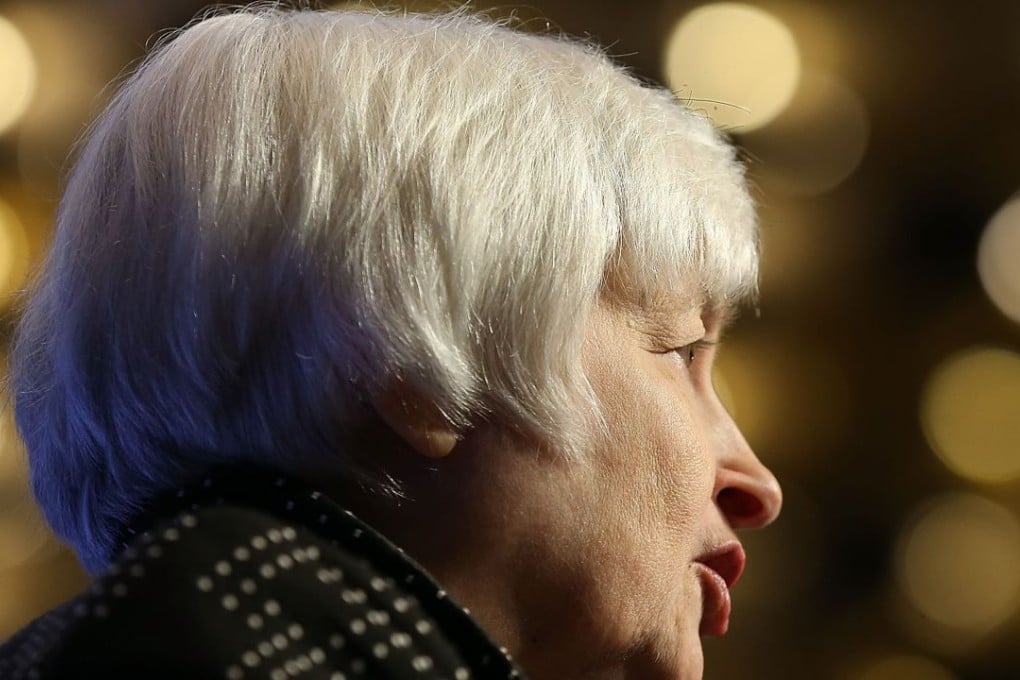Macroscope | The dithering is over: Time for the Fed to raise rates is here
Investors losing money in junk bonds not a reason to delay an increase

Just as turkeys are opposed to Christmas on culinary grounds, so investors in risky assets like junk bonds are forever and always against interest rate hikes.
There are several plausible reasons why the Federal Reserve, expected to lift rates from zero on Wednesday, might weeks ago have signalled a delay, but a bit of a sell-off in higher-yielding corporate bonds does not qualify.
Lucidus Capital Partners, a high-yield credit fund, said on Monday it would give investors back US$900 million it managed, following close on the heels of upsets at other funds; Third Avenue Capital, which shut a similar $788 million fund and hedge fund Stone Lion Capital, which suspended redemptions.
All were hit hard not just by declining fundamentals of the bonds they held, particularly those in the hard-hit energy sector, but also by growing illiquidity in the market.
This sparked a certain amount of talk that the Fed ought to hold fire, as well as dark comparisons to the beginning of the subprime debacle in 2007.
“I’d have to believe that if they met today that they wouldn’t raise rates,” bond fund manager Jeffrey Gundlach of DoubleLine Capital told Reuters on Friday, citing the accelerating sell-off.
